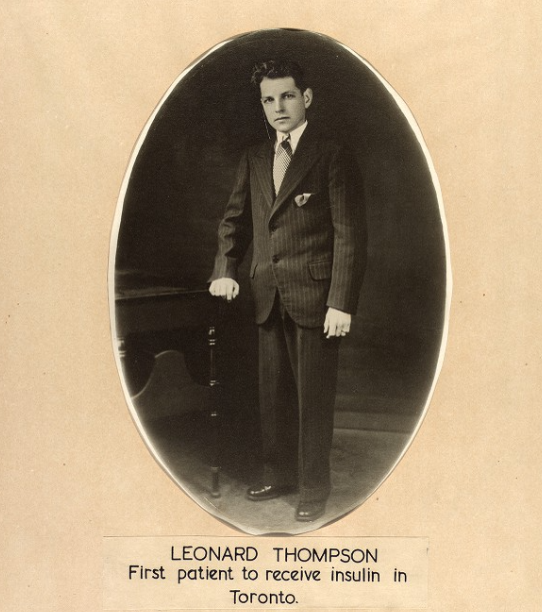On January 11, 1922, a significant medical breakthrough took place at the Toronto General Hospital. It was on this day that insulin was used for the first time to treat diabetes. This groundbreaking event marked a turning point in the management of diabetes, transforming it from a fatal diagnosis into a manageable condition.
The first patient to receive an insulin injection was a 14-year-old boy named Leonard Thompson. He had been diagnosed with diabetes and was in critical condition. Prior to the discovery of insulin, there were no effective treatments for diabetes, and the prognosis for those diagnosed with the disease was grim.
The discovery of insulin is credited to Frederick Banting, a Canadian physician, and Charles Best, a medical student. Banting was inspired to find a treatment for diabetes after witnessing the suffering of patients with the disease. He believed that the pancreas played a crucial role in diabetes and hypothesized that extracting and injecting pancreatic secretions could potentially alleviate the symptoms.
Banting approached Professor J.J.R. Macleod, a leading expert in carbohydrate metabolism, with his idea. Macleod provided Banting with a laboratory space at the University of Toronto and assigned Charles Best as his assistant. Together, they embarked on a series of experiments to isolate and extract the pancreatic secretions.
After numerous trials and setbacks, Banting and Best finally succeeded in isolating insulin in the summer of 1921. They tested the insulin extract on dogs with diabetes and observed a significant improvement in their blood sugar levels. Encouraged by these results, they prepared to test the insulin on humans.
Leonard Thompson, who was on the brink of death due to his severe diabetes, became the first human to receive an insulin injection. The initial results were promising, and Thompson’s condition improved dramatically. His blood sugar levels stabilized, and he regained strength and vitality.
News of this remarkable breakthrough spread rapidly, and people with diabetes from all over the world flocked to Toronto in search of this life-saving treatment. The demand for insulin skyrocketed, and Banting and Best worked tirelessly to produce sufficient quantities of the hormone.
The impact of insulin on diabetes treatment cannot be overstated. Before its discovery, diabetes was a death sentence. Patients were placed on strict diets and often wasted away due to the inability to metabolize glucose. The introduction of insulin allowed individuals with diabetes to regain control over their blood sugar levels and live relatively normal lives.
Insulin therapy revolutionized the management of diabetes and paved the way for further advancements in the field. Today, insulin remains a cornerstone of diabetes treatment, with various forms and delivery methods available to suit individual needs.
The legacy of Banting and Best’s discovery lives on, and their contribution to medicine has been widely recognized. In 1923, Banting and Macleod were awarded the Nobel Prize in Physiology or Medicine for their work on insulin. Banting shared his prize money with Best, acknowledging the crucial role he played in the discovery.
The first use of insulin for diabetes in 1922 was a monumental event that changed the lives of millions of people worldwide. It brought hope to those living with diabetes and laid the foundation for the development of future treatments. Today, we continue to build upon the legacy of Banting and Best, striving for better ways to manage and ultimately find a cure for diabetes.
SEO Excerpt:
The first use of insulin for diabetes in 1922 marked a turning point in the management of the disease. This article explores the historical significance of this medical breakthrough, the individuals behind its discovery, and the transformative impact it had on diabetes treatment. Learn more about the first use of insulin for diabetes and its lasting legacy.
Reference:
For more information on the first use of insulin for diabetes, please visit: https://www.diabetes.ca/about-diabetes/discover-insulin

